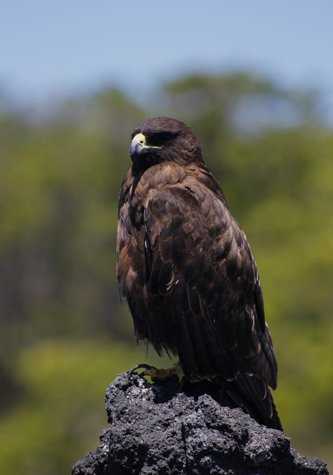We navigated towards the central part of Isabela, the largest of the enchanted islands. As traveled along the coastline, we encountered a pod of approximately 100 bottlenose dolphins along with us, including some juveniles. Our arrival to shallow water was followed by a wet landing at Urbina Bay. Soon we hiked further into the islands. During our hike we could see the uplifting of the ocean floor along the coastline, geological features that took form in 1954. As we found ourselves surrounded by the vegetation of the arid zone, further away from the coast, we found some giant reptiles endemic to the Galapagos. These are, of course, our giant tortoises. All of the spotted ones belonged to the population of Alcedo Volcano, a dome type of shell because of the grazing off the ground level feeding behavior. We also encountered land iguanas and we could easily see how healthy the population is after the eradication of introduced goats.
We repositioned our mother vessel, a few miles north to visit Tagus Cove. Charles Darwin himself disembarked at his visitor site, and today some interesting historic graffiti can be found from the time wayfarers sought and found a sheltered harbor here. Some names had been imprinted on the cliffs of this site, famous names of sailboats like “The Dove“ (first sailboat to go around the world just by sail), and “The Lucette” a sailboat that was attacked by a male orca in the western Galapagos around the 18th century.
While some of us hiked along the rim of Darwin Lake, some others decided to go snorkeling with pacific green sea turtles, penguins and a beautiful vertical wall full of colorful marine invertebrates. The Zodiac ride was a perfect time to do some photography. As afternoon soft light showed up, the Galapagos penguins were coming out of the water to find their roosting sites, some nesting in small grottos while others spent the night on a dry area of the coast, sometimes sharing these areas with the flightless cormorants nearby.







